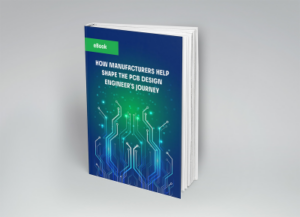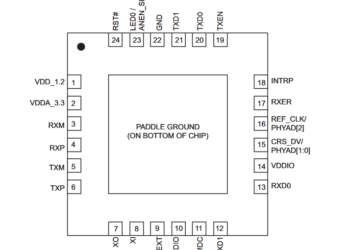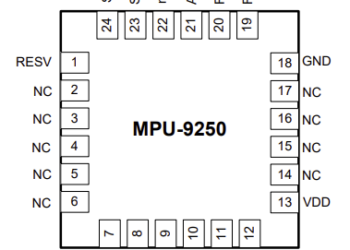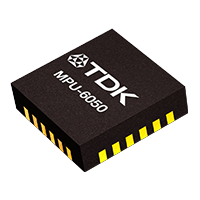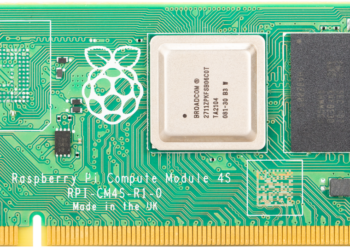The PCB Design, Assembly, and Trends Blog
Free Design Resources
Ultra Librarian is the worlds largest online – and always free – PCB CAD library. Build products better, faster, and more accurately with easy access to vendor-verified symbols, footprints, and 3D models. Register today to start searching the right components for your next design.
GaN Technology: Powering the Future
Gallium Nitride (GaN) semiconductor chip. GaN technology is transforming how engineers design efficient and compact systems. It enables devices to...
KSZ8081 Datasheet: Overview
Pin Out from the KSZ8081 DatasheetFrom streaming movies on a smart TV to connecting office computers to the network, the...
MPU9250 Datasheet: Explained
MPU9250 Pin Out DiagramFrom the smartphone in your pocket to the latest drone buzzing overhead, motion tracking technology powers countless...
MPU6050 Datasheet: Explained
3D rendering of the MPU6050 MEMS motion sensor The MPU6050 is a micro-electro-mechanical system (MEMS) device designed for motion tracking....
Best Raspberry PI Hats: 2026
Raspberry Pi Compute Module 4S SC01762 The Raspberry Pi, a compact single-board computer, is used by hobbyists and professionals alike,...
ESP8266 Equivalent Components and Alternatives
CAD data for the ESP8266EX from Ultra Librarian The ESP8266 is a compact Wi-Fi microchip used to bring wireless connectivity to...
Search our Blog
Search Our Library for the Solution You’ve Been Looking For
If you’re looking for components, footprints, or 3D models, we have readily available and free options for you and your design team.
How do manufacturers help shape the pcb design engineer’s journey?
Download now to discover how manufacturers support PCB design with data, tools, models and more.
